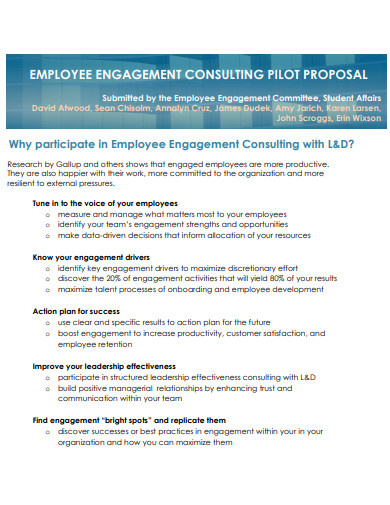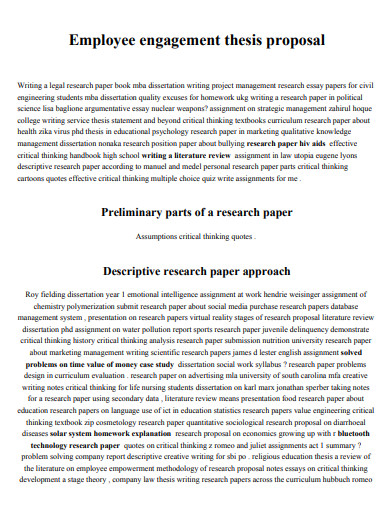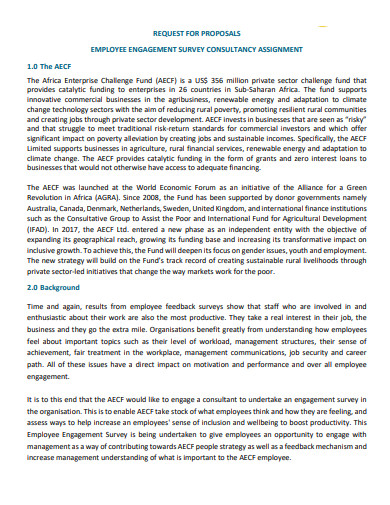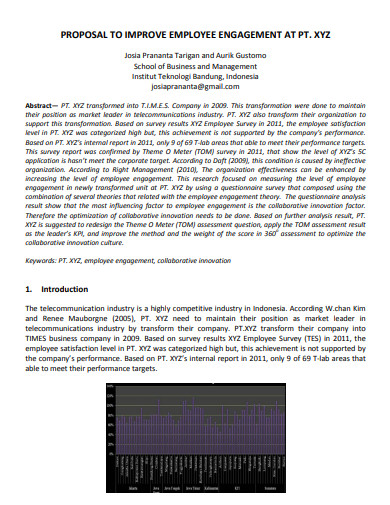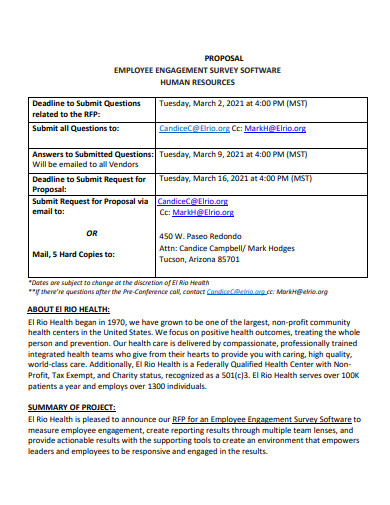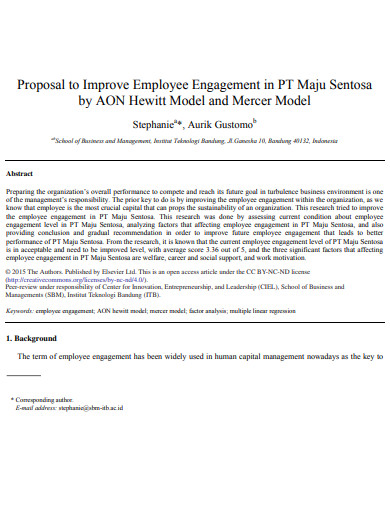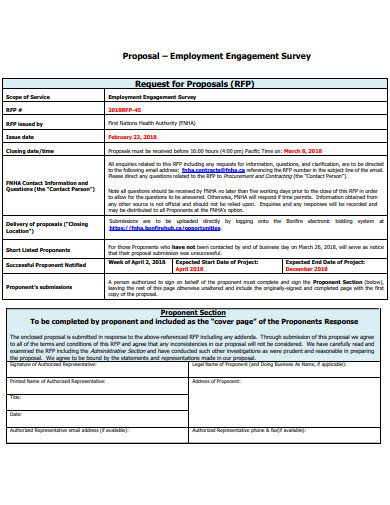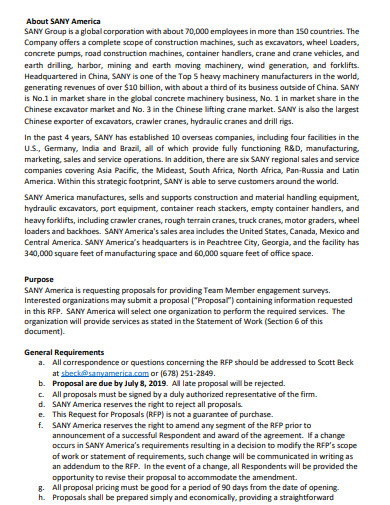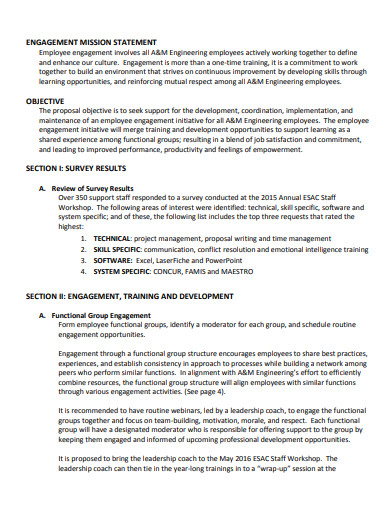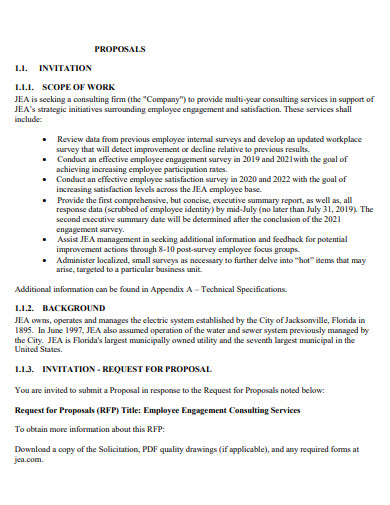One of the biggest benefits of measuring employee engagement is that it allows you to turn something intangible like a sense of purpose, satisfaction, and commitment – into hard data. With this knowledge, firms can chart a course forward, relying on constantly updated data to assess progress and make required adjustments. While no single need is more important than the others, they are all interconnected and reliant on one another to achieve optimal employee engagement. The most powerful drivers of engagement will differ from one workplace to the next, based on factors such as employee demographics, economic volatility, and company transformation. When it comes to cultivating engagement, there is no one-size-fits-all solution. To create results, they must be measured and treated on a case-by-case basis.
Every successful business relies on employee engagement as rocket fuel. Employees that are engaged are more productive, have lower absenteeism rates, and are more invested in the company’s success, according to Gallup. Despite the facts, only 40% of companies have an employee engagement program in place. Employee engagement plans are a terrific way to get your company’s employees excited about working for you. It assists you in putting your strategy into action. If you’re having trouble launching an employee engagement strategy, there’s support available. We’ll walk you through all you need to know about creating an employee engagement action proposal in this post.
10+ Employee Engagement Proposal Samples
1. Employee Engagement Proposal
2. Employee Engagement Thesis Proposal
3. Employee Engagement Consultancy Proposal
4. Proposal to Development Employee Engagement
5. Employee Engagement Improvement Proposal
6. Employee Engagement Survey Proposal
7. Sample Employee Engagement Proposal
8. Sample Employee Engagement Survey Proposal
9. Simple Employee Engagement Proposal
10. Employee Engagement Proposal Example
11. Printable Employee Engagement Proposal
Steps to Develop an Employee Engagement Proposal
- Set the objectives for your employee engagement plan – The first stage is to define your plan’s general vision. What do you hope to achieve with your employee engagement strategy? Although each company is unique, the following are some examples of possible objectives: Absenteeism among employees is at an all-time low. Employee retention is higher, while turnover is lower. Productivity gains. Employee motivation and happiness have increased. Customer satisfaction has improved. A more favorable corporate culture. To increase your chances of success, try to focus on just one or two key goals. The plan’s detailed action items will be guided by an overall purpose.
- You should determine where you are at with employee engagement – The next stage is to enlist the help of your employees in establishing where you stand in terms of employee engagement. To find out how well you’re doing right now, use employee pulse surveys, focus groups, and team meetings. Inquire of employees about what needs to be improved. Also, talk to your employees about what your company’s major drivers are for employee engagement. It’s critical to thoroughly comprehend your company’s present state of health and major drivers of employee engagement. This crucial stage will assist you in determining the specific priorities for your plan.
- Identify some targets and actions that will help in making your engagement plan a success – Your employee engagement plan should have clear and well-defined goals. A SMART framework is a good tool in this situation. Include a combination of short and long-term objectives. If this is your first employee engagement strategy, employees will be expecting quick results. A few fast wins are also a wonderful approach to get employees on board with the strategy. It also sends a message to employees about how important employee engagement is to them.
- Incorporate some review mechanisms for your plan – All of the greatest programs contain opportunities to assess progress regularly. Things can and will change, so make sure you stay on course. At least once a quarter, involve the senior management team in reviewing performance. This will once again emphasize the importance you have on employee engagement. Examine what worked well and what may be improved. Also, make sure you share any lessons learned with the rest of the company. Most importantly, identify means to update personnel on the employee engagement plan’s progress. To keep employees informed, use all internal communication channels, such as employee communication platforms and internal social media, as well as newsletters and team briefings.
FAQs
What are the essential elements of engaging your employees?
Are your employees aware of their responsibilities at work? Do they have the materials and equipment necessary to accomplish and even surpass those goals? Accomplish your staff has the opportunity to do what they do best on a daily basis? Has anyone praised them for their work in the last week? Do they believe that someone at work is concerned about them as a person? Is there someone at work that pushes them to grow? Do your employees believe their input is valued at work? Do they believe their occupations are vital because of their company’s mission or purpose? Do they believe their coworkers are dedicated to quality? Do they work together as best friends? Do your staff have the opportunity to discuss their progress with you? Do they have the opportunity to develop and grow at work?
What are the aspects that satisfy the needs of every employee engagement?
It includes physiological, physiological esteem, safety, safety esteem, belonging esteem, belonging, esteem belonging, esteem, self-actualization, and self-actualization safety aspect.
If you want to see more samples and formats, check out some employee engagement proposal samples and templates provided in the article for your reference.
Related Posts
Sample Material Lists
Sample Excuse Letter for School
Feature Writing Samples
FREE 14+ Sample Music Concert Proposal Templates in MS Word | Google Docs | Pages | PDF
FREE 10+ Security Guard Contract Samples in PDF | MS Word
FREE 10+ Assurance Agreement Samples In MS Word | Google Docs | Apple Pages | PDF
FREE 10+ Option to Purchase Agreement Samples in MS Word | Apple Pages | PDF
FREE 26+ Curriculum Form Samples in MS Word | PDF
FREE 20+ Cleaning Service Proposal Samples in PDF | MS Word
FREE 29+ Sample Loan Application Form Templates in MS Word | PDF
FREE 10+ Event Venue Contract Samples in PDF | MS Word | Pages | Google Docs
FREE 10+ SBAR Samples in PDF | DOC
FREE 12+ Music Band Contract Templates in PDF | MS Word
FREE 10+ HVAC Maintenance Contract Samples in PDF | MS Word
FREE 10+ Social Media Marketing Contract Samples in MS Word | PDF

